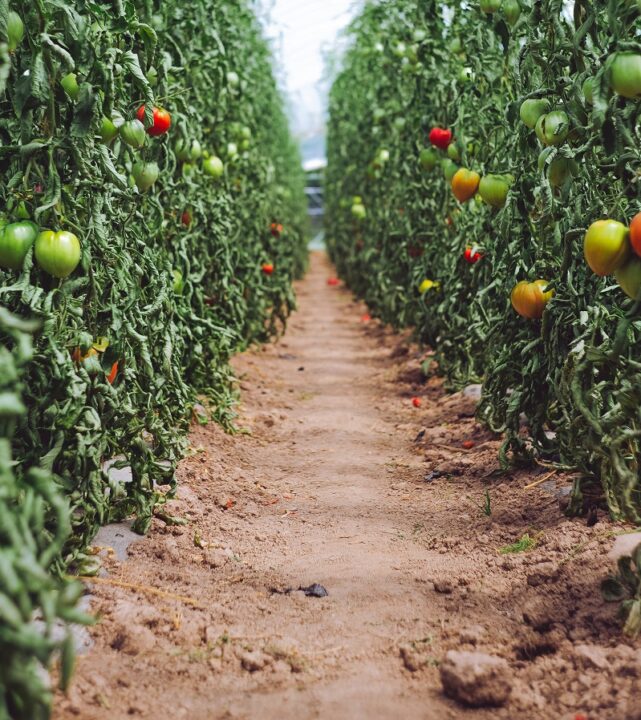Apple Industry on Absent CFAP Funding: USDA Numbers ‘Fatally Flawed’
The apple industry is showing its displeasure with USDA and its allocation of Coronavirus Food Assistance Program (CFAP) funding.
Saying it has been “hurt badly” while receiving no CFAP funding to date, apple organizations across the country are asking the Agriculture Department to reconsider its determination of apple prices as criteria for grower eligibility toward CFAP. USDA’s analysis, they stress, is “fatally flawed.”
“When USDA concluded that apple growers didn’t qualify because it had determined apple prices had not declined at least 5% between Jan. 15 and April 15, every grower in America knew that wasn’t correct,” Jim Bair, the President and CEO of USApple, said in a statement. “But record-shattering stocks, combined with sluggish domestic and export movement, lead one to draw only one conclusion: Apple growers have been hurt badly.”
Twelve apple organizations, led by the U.S. Apple Association, say that the actual price declines range from 6.5% to 24.9%. They support their stance in a 30-page document to USDA that details actual sales data on more than 43 million bushels of apples, more than half of all the apples marketed between the USDA three-month window of Jan. 15 and April 15.
According to USApple, approximately 95% of U.S. apple sales are made between packer/shippers and large supermarket chains. However, data from these sales were not captured by USDA, USApple said, and therefore were not included in the CFAP analysis.
“Had the data not shown a dramatic decline in prices, they would have run counter to simple supply and demand economics,” Bair said.
USApple’s data also notes that:
- Shipping volumes in the study period declined 24%.
- Stocks on hand are 15% larger than the previous record and 26% above the five-year average.
- With less than two months until the new crop harvest, a record-setting 19% of the 2019 crop remains to be marketed.
“These data overwhelmingly make the case that apple growers meet USDA’s criteria for the direct financial support intended by Congress,” Bair said. “But as of June 15, of the total $2.9 billion USDA has sent to more than 220,000 farmers, so far, as we are aware, none has gone to an apple grower.”
Groups that joined USApple on the letter were: California Apple Commission, Michigan Apple Committee, Midwest Apple Improvement Association, New England Apple Association, New York Apple Association, North Carolina Apple Growers Association, Northwest Horticultural Council, Pennsylvania Apple Program, Washington Apple Commission, Washington State Tree Fruit Association, and Wisconsin Apple Growers Association.










